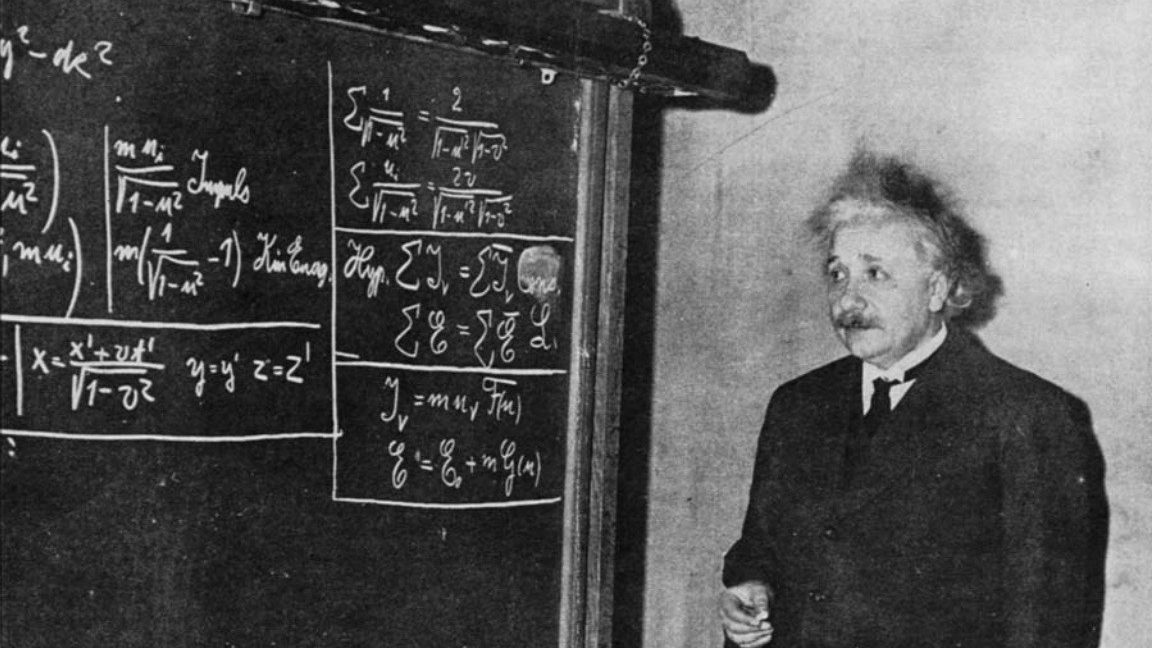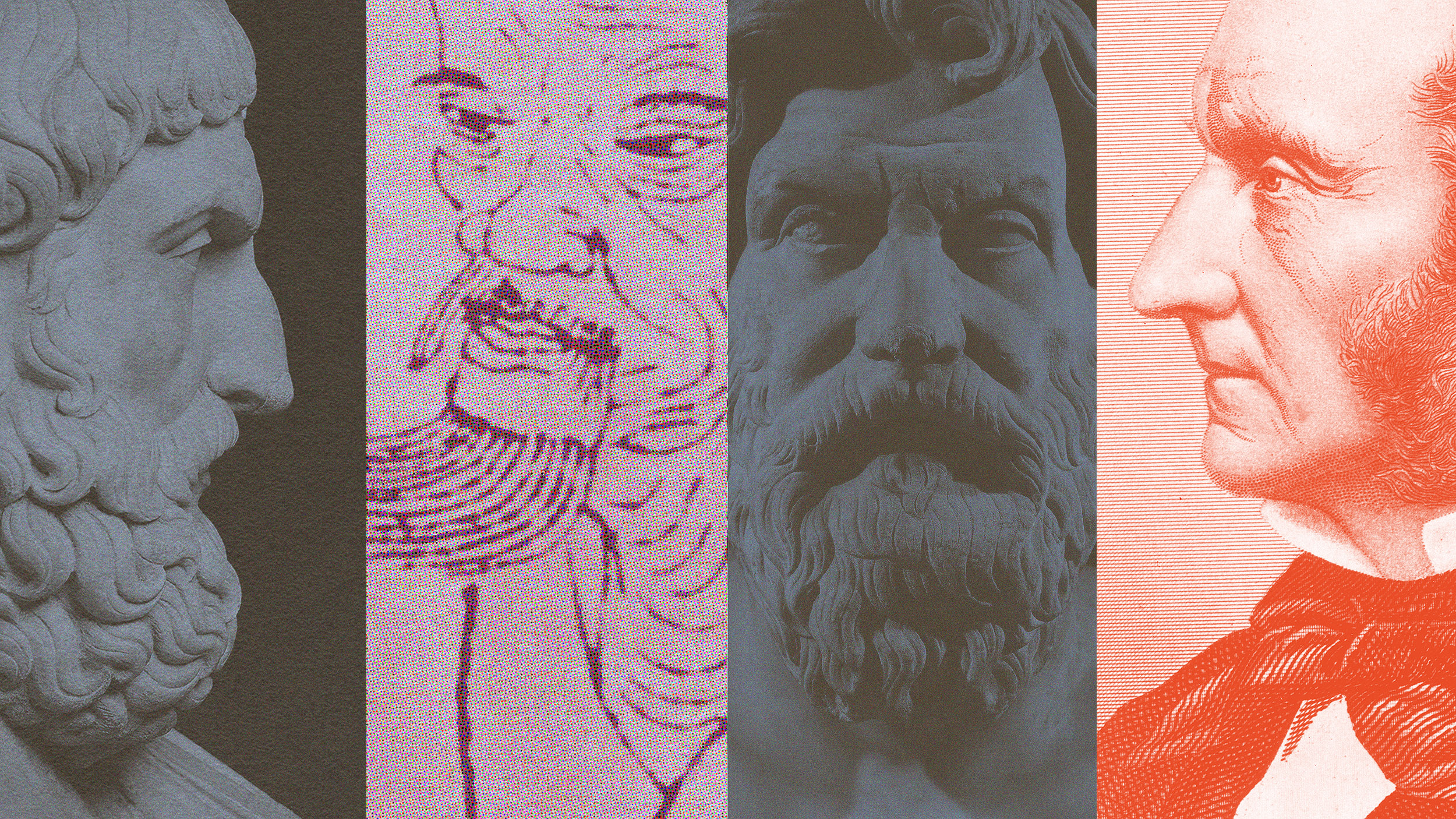Psychophysics: Are We Biological Billiard Balls?

Psychophysics secretly permeates our people-sciences (it assumes we’re motivated by physics-like forces). But as every infant—each a great causality detector—knows, but many scientists ignore, people aren’t biological billiard balls.
1. Locke became “the Newton of the mind,” (emulating his friend) by seeking the mind’s laws of motion (e.g. pleasure’s pull was basically “gravitational”~1689).
2. Bentham’s utility principle declared “pain and pleasure… alone…determine what we… do” (1789). Utility became the keyword that locked away libraries of work on our complex motivations.
3. Fechner (1860) used the term psychophysics to describe quantifiable experimental psychology (he studied variation of intensity of sensations with stimulus).
4. Darwin (1871) contra Bentham wrote: “The common assumption that men must be impelled to every action by experiencing some pleasure or pain may be erroneous.” Many acts are independent of “pleasure or pain felt at the moment.”
5. JS Mill (1877) declared “Laws of mind and laws of matter are so dissimilar…that it would be contrary to all principles of rational arrangement to mix them.”
6. But utility remains attractive: Kahneman’s Nobel work included the “psychophysics” of utility (2002). Yet utility also confuses Kahenman.
7. Clearly, people obey the laws of physics. But nothing in physics chooses. Its rigid causations have no liberty. And physics (like the best Buddhists) feels only the present and it’s forces. But human psychology is different precisely because it evolved to choose between the attractions of different futures.
8. Physics was developed for situations like: Everything of type X always does Y under conditions Z, where X, Y and Z are mathematically related. Imagine how complex Newton’s “billiard ball” law (every action has an equal and opposite reaction) would be if every action had many different possible reactions (depending on each billiard ball’s feelings that day).
9. In psychology, the same physical stimulus doesn’t always cause the same reaction. E.g. consider Darwin’s observation that a “Hindoo…[can be] stirred to the bottom of his soul by [eating]…unclean food.” The same food eaten unknowingly, or by an unbeliever, doesn’t cause that same reaction.
10. One-year-olds use “contingency patterns” to distinguish things (with physics-like regularities) from people (exhibiting agency). They’re on Mill’s side.
11. Unmathematical narrative-like beliefs and contingency patterns influence our reactions and decisions. Their if-then, unrigidly causal, multifactor logic differs from that typical of the number-struck physical sciences.
Free will, real or not, changes practical predictability. More scientists should be as practical as babies.
Illustration by Julia Suits, The New Yorker cartoonist & author of The Extraordinary Catalog of Peculiar Inventions





